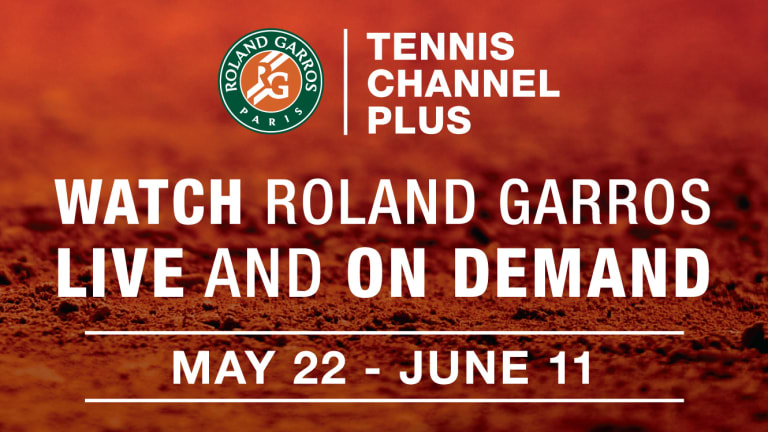Throughout 2017, we’ll discuss the themes of the season with three former players and current tennis commentators: Jimmy Arias, James Blake and Mary Carillo. Roland Garros, the venue and indigenous name of the season’s second Grand Slam tournament, is the topic of our latest conversation.
Jimmy Arias: In today’s game it is. I’m hard-pressed to come up with a whole bunch of variety in tennis right now—who is really the defender, and who is really the aggressor. In my era, it was a chess match, and sometimes you weren’t able to protect your weakness.
Mary Carillo: To me it’s more about turning defense into offense. The transition game has taken on a whole new meaning. And you see it more often on clay than on any other surface because you have to build points. It’s a brick-by-brick thing, and you have to invest a lot of effort, and be willing to chase down a lot of shots, just to give yourself an opportunity to finish off a rally on your own terms.
With such long rallies, the challenge becomes knowing when to try and end a point. The great clay-courters just get it in a way that I love. It’s great to see Rafael Nadal, way behind the baseline, somehow make a running, sweeping forehand winner.
James Blake: I think the career Grand Slam is more attainable now because the surfaces are much more homogenized than they used to be. There really aren’t total surface specialists any more. Sergi Bruguera used to be a favorite at the French but had no chance at Wimbledon. Now grass has slowed down much more, and players are capable of winning on all surfaces.
However, I do think we are dealing with some very special players who have won the career Slam. Roger Federer, Nadal and Novak Djokovic are incredible and should be recognized for that. I think the tour helped in wanting to make it better for the stars, so that the best player on one surface can be the best player on all surfaces.
